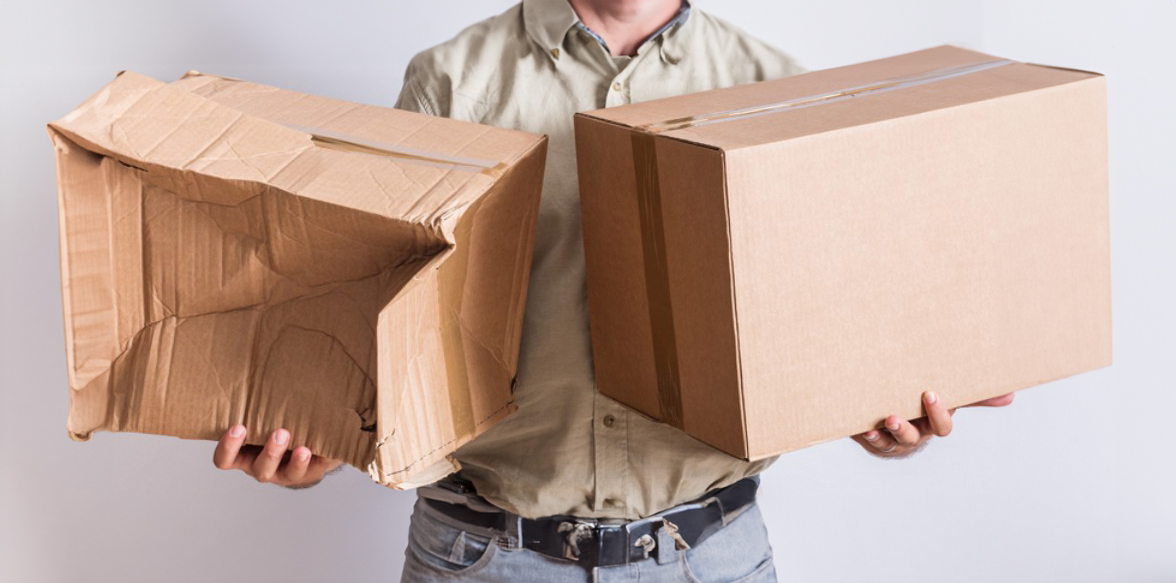The Delicate Balance: Managing Damages in Long-Distance Warehouse Relationships
In the world of interior design, warehouse partnerships are essential for managing the logistics of receiving and storing purchased items. However, when it comes to long-distance relationships with warehouses, managing damages can become a delicate balancing act. As an interior designer or showroom manager, it’s crucial to have a solid understanding of how to navigate these situations effectively. In this article, we’ll explore the challenges surrounding damages in remote warehouse arrangements and provide practical strategies for maintaining a successful working relationship.
According to an insightful article on the real cost of in-transit damage, businesses may underestimate the true impact of in-transit damage on their operations. As stated by Packaging Digest, approximately 11% of unit loads arriving at distribution centers have some level of case damage. These damages not only result in direct costs, such as replacement units, shipping expenses, and administrative efforts, but also indirect costs like lost productivity and damaged customer relationships. Furthermore, the article emphasizes the importance of proper protective packaging to mitigate in-transit damage and recommends taking a total cost approach to packaging solutions. By finding the right packaging solution and addressing other contributing factors, companies can significantly reduce both the frequency and severity of product damage during transit.
Building Clear Lines of Communication:
One of the key factors in managing damages is establishing clear lines of communication between all parties involved. From the interior designer to the warehouse staff, ensuring everyone is on the same page is vital. Regular check-ins, detailed documentation, and open channels for discussing damages help foster a collaborative environment where issues can be addressed promptly.
Thorough Warehouse Inspections
To mitigate the risk of damages, it’s essential for warehouses to conduct thorough inspections upon receiving shipments. This includes careful unpacking, close examination of items, and detailed documentation of any imperfections or damages discovered. By investing time and effort into these inspections, warehouses can provide accurate information to designers, helping them make informed decisions about next steps.
Assessing the Impact:
When a damaged item is identified, it’s crucial to assess the impact on both the end-user and the overall project. Questions such as the severity of the damage, the end-user’s tolerance level, and the feasibility of repairs or replacements should be considered. Collaborating with the interior designer and the end-user can help determine the most suitable course of action, whether it’s filing a return claim, seeking compensation, or finding an alternative solution.
Transparency and Trust:
Transparency is key to maintaining a successful long-distance warehouse partnership. The warehouse should provide timely updates on damages, sharing detailed information and images to accurately convey the situation. This level of transparency helps build trust between all parties involved and ensures that decisions are made based on accurate and reliable information.
Continuous Improvement:
Managing damages in remote warehouse relationships is an ongoing process that requires continuous improvement. Regularly evaluate the effectiveness of communication channels, warehouse inspection procedures, and collaboration methods. By identifying areas for improvement and implementing necessary changes, you can optimize the handling of damaged shipments and strengthen the overall partnership.

In conclusion, reducing product damage in our warehouse is of utmost importance to maintain a stellar reputation and ensure customer satisfaction. By incorporating insights from industry experts, we can enhance our efforts to minimize product damage and improve overall operational efficiency.
The article How to Reduce Product Damage in Your Warehouse offers valuable strategies and tips for preventing product damage during transportation and handling. It emphasizes the significance of comprehensive employee training, routine cleaning schedules, and prioritizing organization to create a safe working environment.
Additionally, the Hecht Group provides insightful recommendations in their article Tips for Handling Damaged Goods in a Warehouse on how to handle damaged goods effectively. Their suggestions, such as inspecting incoming shipments for damage, promptly reporting any issues to the sender, and keeping track of damaged goods, can help us streamline our processes and minimize losses.
Furthermore, the legal guidelines outlined in Section 7-204 of the Uniform Commercial Code provide essential information on the rights and responsibilities related to damaged goods in a warehouse setting. Familiarizing ourselves with these regulations enables us to handle such situations in a legally compliant and fair manner.
By incorporating the insights and recommendations from these articles, we can strengthen our warehouse operations, improve product quality, and safeguard the interests of both our customers and our business. It is through our commitment to continuous improvement and adherence to industry best practices that we can achieve excellence in minimizing product damage.
For a more comprehensive understanding of reducing product damage in your warehouse, we encourage you to visit the following articles:
How to Reduce Product Damage in Your Warehouse
Tips for Handling Damaged Goods in a Warehouse
Section 7-204 of the Uniform Commercial Code
By leveraging the insights and knowledge shared in these articles, we can continue to enhance our warehouse practices, mitigate product damage risks, and provide exceptional service to our valued customers.

